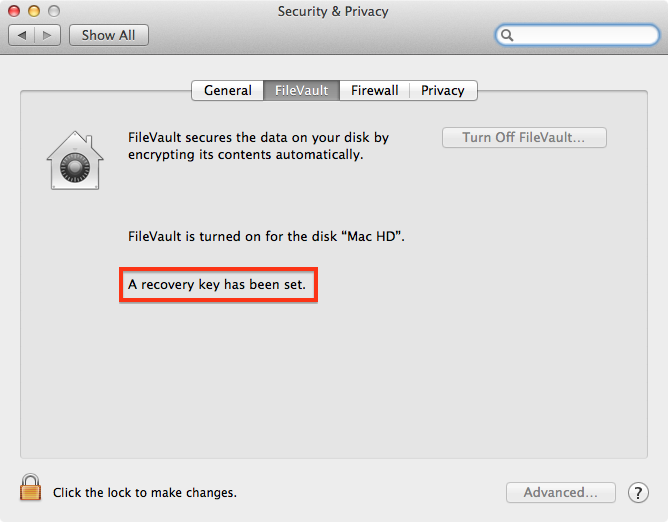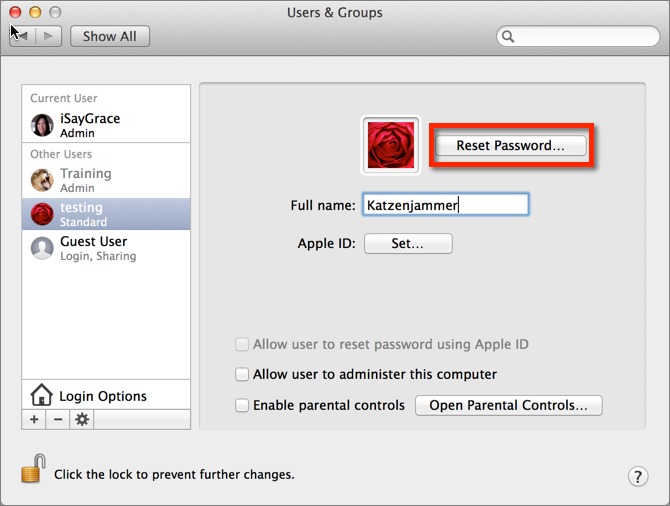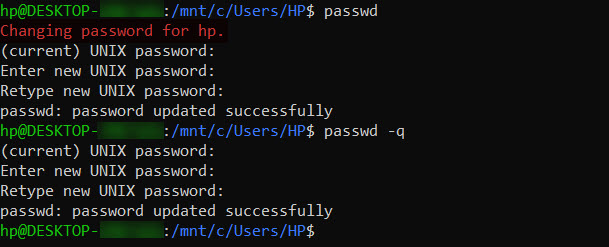
- #MAC CHANGE PASSWORD COMMAND LINE HOW TO#
- #MAC CHANGE PASSWORD COMMAND LINE INSTALL#
- #MAC CHANGE PASSWORD COMMAND LINE MAC#
#MAC CHANGE PASSWORD COMMAND LINE HOW TO#
There are generally three things you need to know about how to change MacBook passwords: the actual process, the possibility of using Apple ID as backup as well as general Apple password requirements, and removing a password from your MacBook lock screen completely, which is definitely not recommended but could come in handy in some specific situations. Let’s look at what exactly you need to do to change passwords on Mac, so your security is never compromised.

Additionally, you never know who might’ve seen you typing your password in to unlock your device. After all, passwords get stolen online all the time, and if you’ve used it somewhere else before, it might no longer be secure.
#MAC CHANGE PASSWORD COMMAND LINE MAC#
It’s also good to know how to change password on Mac, so you can keep your Mac login fresh and impenetrable. This password should ideally be unique, not used as your Apple ID or any other apps, and kept to yourself. For one field, 1Password CLI returns a simple string: op get item nqikpd2bdjae3lmizdajy2rf6e -fields multiple fields, specify them in a comma-separated list.The most basic and effective way to protect your personal data is to have a MacBook lock screen password to greet you every time you wake your Mac.

You can get details of just the fields you want. Use UUIDs because they’ll never change, so you can be sure you’re always referring to the same object. You can use names or UUIDs in commands that take any user, vault, or item as an argument. To get the details of an item: op get item WestJet The output will show the UUIDs of the items. To see a list of all the items in your Shared vault: op list items -vault Shared For example, here’s how to upload a document to your Private vault: op create document readme.txt -vault Private You can use 1Password CLI to work with users, vaults, and items. To see all of the accounts you’ve previously authenticated and their shorthands: op signin -list If no shorthand is provided, 1Password CLI will default to the most recently used account. If you’ve added multiple accounts to 1Password CLI, you can choose which account to sign in to by specifying the shorthand. Sign in againĪfter the first time you sign in to an account, you can use a shorter command to sign in again: op signin Session tokens expire after 30 minutes of inactivity, after which you’ll need to sign in again and save a new token. Now that you have a session token, you can start using 1Password CLI. In the example above, the shorthand my refers to my. The eval and Invoke-Expression commands use your account shorthand as an argument to specify which account to sign in to. On Windows: Invoke-Expression $(op signin my) Or run the export command to set it manually. Use the eval (Mac, Linux) or Invoke-Expression (Windows) command returned by the tool to save your session token to an environment variable automatically. Use op signin with your sign-in address and email address: op signin my. your Secret Key, then enter your account password. To sign in to an account for the first time: To specify a custom shorthand, use -shorthand on your first sign-in. The subdomain for your sign-in address ( my in this example) will be the shorthand 1Password CLI uses to refer to your account. Your sign-in address is the URL you use to sign in to your account on ( my. in this example). The first time you sign in to a 1Password account with 1Password CLI, you’ll need your sign-in address, Secret Key, email address, and account password. Sign in to your account Sign in for the first time To verify the installation, check the version number: op -version

Move op to /usr/local/bin, or another directory in your $PATH. sig file included in the download: gpg -receive-keys 3FEF9748469ADBE15DA7CA80AC2D62742012EA22 To verify its authenticity, use GnuPG and the.
#MAC CHANGE PASSWORD COMMAND LINE INSTALL#
To install the 1Password command-line tool:ĭownload 1Password CLI for your platform and architecture.


 0 kommentar(er)
0 kommentar(er)
